7 Garden Design Mistakes to Avoid When Planning Your Landscape
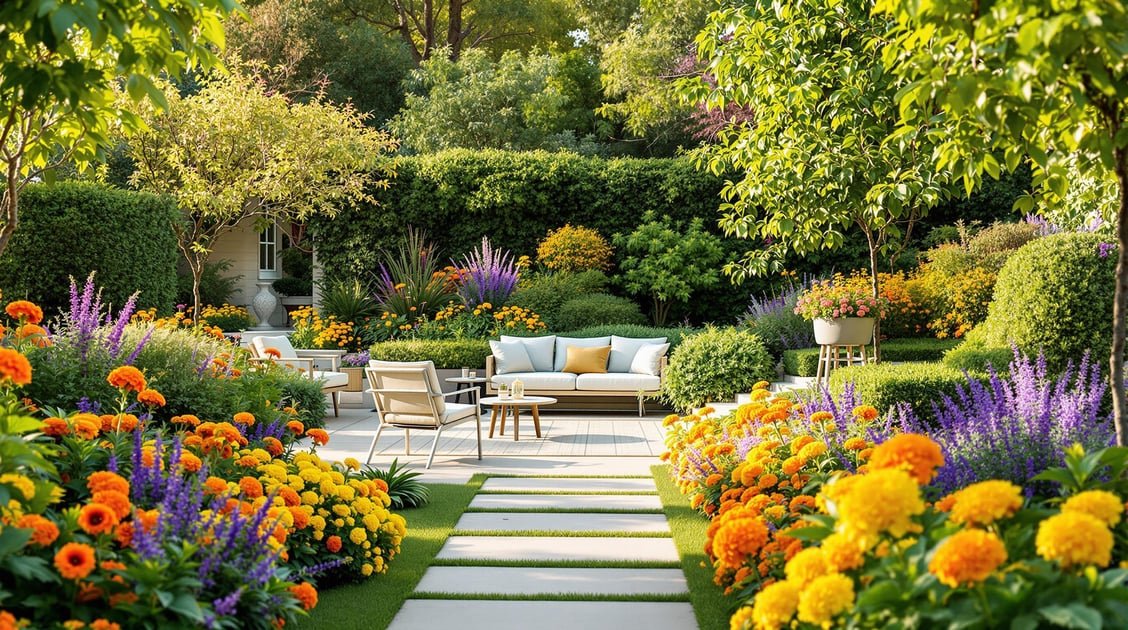
Creating a garden that thrives year-round and avoids costly mistakes starts with proper planning. Here are the 7 most common garden design mistakes and how to avoid them:
- Not Checking Site Conditions: Understand sunlight, soil quality, and water availability before planting.
- Wrong Plant Spacing: Account for mature plant sizes to prevent overcrowding, competition, and disease.
- Seasonal Focus Only: Plan for year-round interest with plants that shine in different seasons.
- Poor Garden Layout: Ensure paths, patios, and plant placements are functional and easy to navigate.
- High-Maintenance Designs: Choose low-maintenance plants and features to save time and effort.
- Wrong-Sized Features: Match garden elements to the space for proper proportions and usability.
- Mixed-Up Styles: Align your garden’s style with your home for a cohesive look.
Quick Tips:
- Use tools like AIGardenPlanner for site analysis, spacing, and design templates.
- Group plants with similar needs and choose native or drought-resistant species.
- Plan layouts with clear pathways and balanced proportions for easy navigation.
Avoid these mistakes, and you’ll create a garden that’s both beautiful and practical.
7 Landscape Design Mistakes To Avoid In 2024

Mistake 1: Not Checking Site Conditions
Skipping a site evaluation before planting can lead to unhealthy plants, wasted money, and extra work. To avoid this, focus on three main factors: sunlight, soil, and water.
Light, Soil, and Water Requirements
"When allowed to grow in the conditions they prefer, trees and shrubs will be more resilient to pests and disease and in times of extreme weather."
Here’s what to look at:
- Sunlight Exposure: Track how much sunlight different areas get during the day - full sun (6+ hours), partial sun (4–6 hours), or shade (less than 4 hours).
- Soil Quality: Test your soil and check drainage to prevent water from pooling.
- Water Availability: Observe water flow, slopes, drainage, and areas prone to flooding or drought.
Choosing Plants That Suit Your Climate
Pick plants that are well-suited to your local environment. Pay attention to:
- USDA Hardiness Zone: Check plant tags to ensure they match your zone.
- Weather Patterns: Think about usual rainfall, frost dates, and temperature swings.
- Microclimates: Look for unique spots like areas near heat-reflecting walls or exposed to strong winds.
These details are key to creating a thriving garden and are directly incorporated into AIGardenPlanner’s recommendations.
How AIGardenPlanner Helps
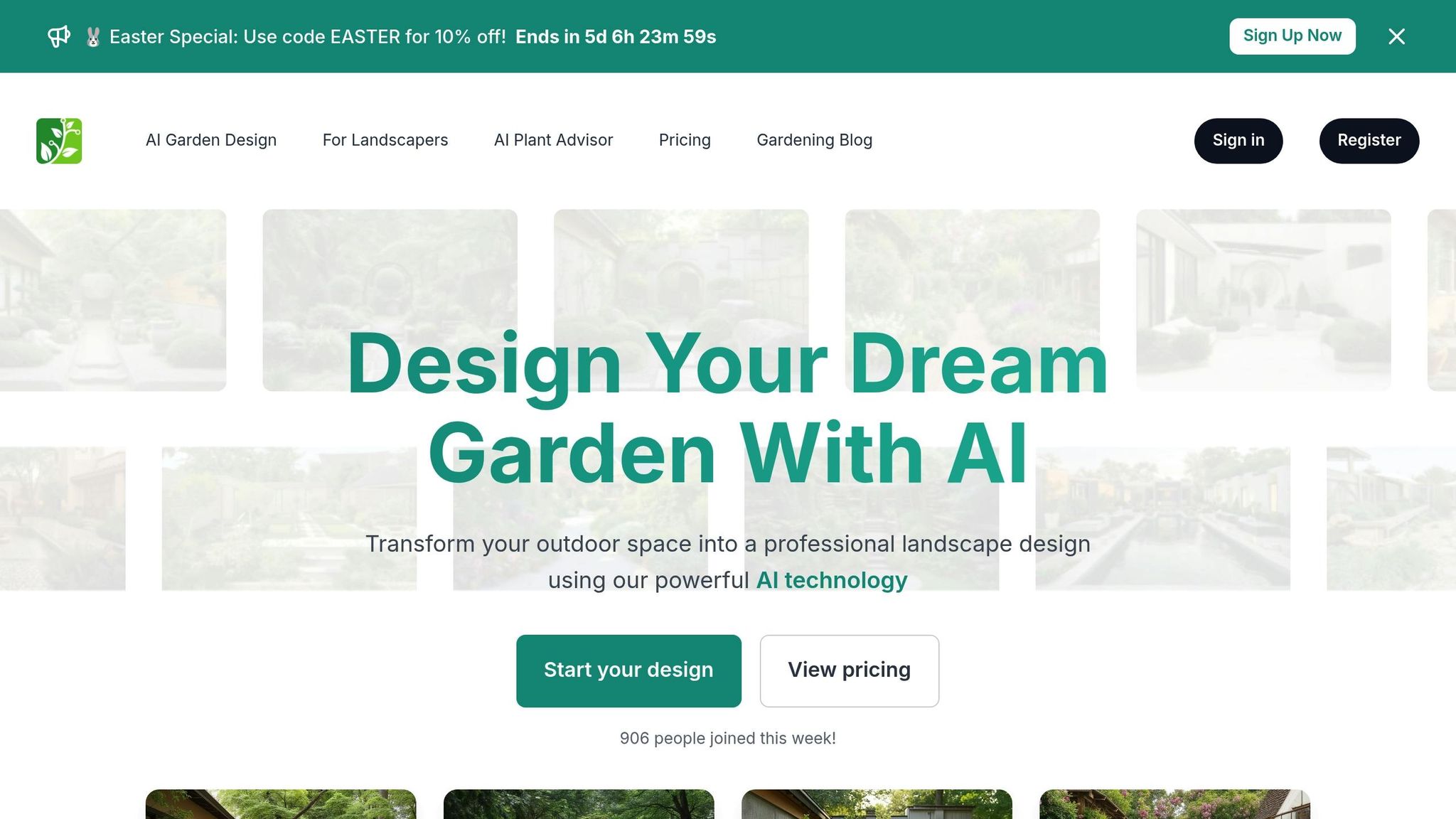
Once you’ve assessed your site and climate, AIGardenPlanner can simplify the next steps. Its AI Plant Advisor uses your location to provide personalized plant suggestions, custom care guides, and maintenance schedules - taking the guesswork out of gardening.
Mistake 2: Wrong Plant Spacing
Planting too close together might look great at first, but it often leads to problems as plants grow and mature.
Plan for Mature Plant Sizes
Packing plants together for instant impact can cause trouble down the road when they outgrow their space.
"Here is a rule of thumb- if you see a new landscape and there is no space around the plants, you are looking at a future problem." - Crocker Nurseries
Some common issues with overcrowding include:
- Competition: Plants fight over water, sunlight, and nutrients, which can stunt their growth.
- Disease: Poor air circulation in crowded areas encourages fungal growth.
- Structural Problems: Overgrown plants near buildings can cause storm damage and require heavy pruning.
- Blocked Views: Dense plantings can obstruct windows, pathways, or other features.
To avoid these problems, check the plant tags for their mature sizes and calculate the correct center-to-center distance. This ensures enough room for healthy roots and reduces competition.
"By spacing plants to accommodate the expected mature size of a plant, you ensure plants have enough room to develop a healthy root system and limit competition for access to water and nutrients." - Kim Toscano, Worx Toolshed
Simplify Spacing with AIGardenPlanner
AIGardenPlanner takes the guesswork out of spacing. Its tools calculate the right distances based on mature plant sizes and growth habits.
Here’s what the tool offers:
- Visual Previews: See how plants will look when fully grown.
- Automated Calculations: Get accurate spacing recommendations instantly.
- Growth Timelines: Understand how plants will develop over time.
- Maintenance Zones: Identify areas needing regular upkeep.
For quick, temporary solutions, consider using annual flowers to fill in gaps until your permanent plants grow to their full size. This way, you get immediate charm without overcrowding.
🚀 Ready to Reinvent Your Garden?
Join thousands of homeowners who have transformed their gardens using our AI design tool. Upload one photo to explore endless possibilities.
Get your AI garden designs →Mistake 3: Gardens That Look Good Only One Season
Focusing solely on spring blooms can leave your garden looking dull for the rest of the year.
Plants for Every Season
To keep your garden visually appealing throughout the year, choose plants that shine in different seasons. With proper planning for spacing and site conditions, you can maintain year-round interest:
- Spring: Early bloomers like forsythia and compact hydrangeas bring vibrant colors.
- Summer: Add long-blooming perennials and easy-care annuals that flower until frost.
- Fall: Include plants with bold autumn foliage or late-season berries.
- Winter: Evergreens and plants with unique bark or stems add texture and color.
"The key to a successful year-round garden is to know which species do best in your region and understand when their display is greatest." - Susan Patterson
Ready-Made Garden Plans
After selecting a variety of plants, you can simplify the design process with expert tools. AIGardenPlanner is a helpful resource for creating a four-season garden. Its AI Plant Advisor tailors recommendations based on your location and climate, ensuring plants thrive while keeping your garden lively year-round. Key features include:
- Seasonal Planting Guides: Suggestions tailored to your local climate for every season.
- Bloom Time Calendars: Visual charts showing when each plant will add color.
- Maintenance Schedules: Custom care tips to keep your garden in top shape.
- Plant Combinations: Pre-designed groupings for continuous visual appeal.
Make it a habit to visit local garden centers throughout the year. Observe how plants perform, take notes and photos, and consult your local Cooperative Extension Office for advice. Container gardens are another great option - they’re easy to refresh or move during harsh winters.
sbb-itb-4d6a8dd
Mistake 4: Poor Garden Layout
A well-thought-out garden layout can make the difference between a relaxing retreat and a frustrating maze. Once you've tackled site checks and plant spacing, it's time to focus on how to organize your space effectively.
Designing a Functional Garden
A functional garden layout ensures that your outdoor space is easy to navigate and use. Here are some practical guidelines:
- Walkways: Main paths should be at least 5 feet wide to allow two people to walk side by side. Secondary paths need a minimum width of 3 feet to accommodate gardening tools and equipment. Steps should have a rise of no more than 6 inches for safety.
- Patios: To comfortably fit a table and chairs, patios should measure at least 10 x 10 feet. For gathering areas, plan for about 4 square feet per person.
- Plant Placement: Place taller plants (over 30 inches) at least 2–3 feet away from walkways and patios to avoid obstructing views or pathways.
"Your patio or terrace is actually a 'living room' that happens to be outdoors. All of the spatial requirements for furniture, walkways, etc. still apply. Thinking of your outdoor spaces as rooms will help you avoid making them too small or too large." – designingyourperfecthouse.com
Once you've nailed the basics, you can use modern tools to refine your layout further.
Tools for Better Garden Planning
Platforms like AIGardenPlanner make it easier to create a practical and visually appealing garden design. With its AI-powered features, you can:
- Visualize different layout options tailored to your garden's exact dimensions.
- Get tailored advice on where to place plants for the best results.
- Design layouts that ensure proper spacing and smooth movement throughout the space.
- Align your garden's layout with the style of your home.
"The gardens I admire most are relaxing, easy to move through, and not too hard to maintain. Paths and structures must be simple to navigate, while the plants selected must provide interest and serve a function without being bullies or prima donnas."
Mistake 5: High-Maintenance Designs
A beautiful garden shouldn't feel like a full-time job. Overly demanding designs often lead to frustration and, eventually, neglect. Instead, focus on creating a space that's easy to care for and enjoyable year-round.
Simple Garden Plans That Work
Designing a low-maintenance garden starts with smart plant choices and practical planning.
Native and Climate-Friendly Plants
Opt for plants that thrive naturally in your area. Native species typically require less water, fertilizer, and attention compared to exotic varieties. For a hassle-free garden, consider drought-resistant perennials like Black-eyed Susans, peonies, and coneflowers.
Grouping Plants Wisely
Combine plants with similar needs to simplify care. Here are some effective groupings:
| Plant Type | Recommended Varieties | Benefits |
|---|---|---|
| Shrubs | Weigela, Spirea, Oregon Grape | Little pruning needed |
| Perennials | Ornamental Grasses, Coral Bells, Catmint | Low-effort growth |
| Groundcovers | Low-Growing Sedums, Japanese Pachysandra | Natural weed control |
"Plants can be both beautiful and easy care if you understand the factors that create additional work and balance that knowledge against what you personally enjoy." - Karen Chapman
Low-Maintenance Design Features
Incorporate elements that cut down on work:
- Raised beds with low-water plants like sage or rosemary
- Vertical gardens to maximize space and minimize weeding
- Companion planting, such as marigolds near tomatoes, for natural pest control
For an added edge, consider using technology to streamline garden care.
Smarter Garden Care with AI
AIGardenPlanner’s AI Plant Advisor makes it easier to design and maintain a garden with minimal effort.
Custom Maintenance Plans
Get tailored schedules for watering, pruning, pest control, and seasonal tasks.
Smart Plant Recommendations
The AI matches plants to your climate, location, and available time, offering detailed growing tips.
Efficient Design Solutions
Simplify upkeep by using drought-resistant lawn alternatives, easy-to-manage irrigation systems, and low-maintenance hardscaping materials.
Mistake 6: Wrong-Sized Features
Getting the size of garden features right is a key part of good design. When proportions are off, it can throw off both the look and the usability of your space. This isn't about plant spacing (we covered that earlier) but rather the size of fixtures and hardscape elements. Knowing how to size these features correctly lays the groundwork for using tools that can fine-tune your garden design.
Sizing Garden Features
Here are a few basic guidelines to follow for proportional garden design:
- Patios should be at least 10 ft by 10 ft to provide enough usable space.
- Walkways need to be at least 4 ft wide for comfortable movement.
- Foundation plantings should match the scale of your home to avoid looking out of place.
When it comes to plants, layering is your best friend. Place taller plants (over 6 ft) in the back, medium-sized plants (2–5 ft) in the middle, and smaller ones (under 2 ft) in the front. This creates a sense of depth and balance.
"Ever seen a garden where the plants look too small for the space, or where a giant water feature completely dominates the lawn? That's bad scale and proportion. Too many small plants can make a garden look bitty, while oversized elements can overwhelm a space." - ALS Landscaping
To tie everything together, use foundation plantings to anchor focal points. Incorporate geometric patterns that complement your home's design, and use intermediate-height plants to transition between different scales.
Size Planning Tools
If you're unsure about proportions, digital tools can help. Platforms like AIGardenPlanner make it easy to scale your garden features accurately. With its AI-powered design tools, you can analyze your space and get recommendations for elements that fit your garden's dimensions.
You can upload garden photos to create scaled designs, see how plants will look at maturity, and experiment with layout options. The AI Plant Advisor even tailors plant suggestions to your garden's size, ensuring they’ll fit perfectly without outgrowing the space or looking too small. These tools take the guesswork out of planning, making it easier to achieve a well-proportioned garden.
🎨 Visualize Your Dream Garden Today!
Transform any outdoor space into a professional landscape design in minutes. Just upload a photo, choose your style, and let our AI do the rest.
Start your garden transformation now →Mistake 7: Mixed-Up Garden Styles
A well-designed garden complements your home and avoids clashing styles. When the garden doesn't align with your home's architecture, it can feel disorganized. The trick is balancing variety with consistency.
Matching House and Garden Style
Your garden should work in harmony with your home's design and surrounding landscape. Here are some ways to achieve that:
- Repeat 10–15% of your plant choices across different areas to tie the design together.
- Keep bed lines flowing seamlessly from the front yard to the backyard, even if fences divide the space.
- Pick a signature color and use it across various garden sections.
- Choose hardscaping materials (like stone or wood) that match your home's exterior finishes.
If you have mismatched fences, you can create a more unified look by painting them the same color or applying matching facing materials. These small adjustments can make a big difference in pulling the whole design together. Digital tools can also help you stick to a cohesive plan.
Garden Style Templates
Digital planning platforms make it easier to maintain a consistent garden style. For example, AIGardenPlanner offers over 50 templates tailored to different design preferences. Each template focuses on key elements:
| Style Element | Purpose | Implementation |
|---|---|---|
| Plant Palette | Ensures visual harmony | Suggests plants that work well together |
| Hardscape Materials | Maintains consistency | Matches materials to your home's design |
| Layout Patterns | Creates a natural flow | Provides cohesive design suggestions |
The platform also includes an AI Plant Advisor, which recommends plants suited to your climate and style. This helps you avoid mismatched choices, like placing tropical plants in a formal garden.
To create a unified look, focus on repeating essential design elements:
- Incorporate similar sculptural shapes across the garden.
- Use the same paving materials for all pathways.
- Select plants with comparable textures or growth habits.
- Apply consistent design patterns throughout your garden.
These strategies will help ensure your garden feels like a natural extension of your home.
Conclusion: Creating Better Gardens
With the right strategies, your garden can thrive while avoiding common challenges.
Recap of Key Strategies
To ensure your garden flourishes, focus on these essential practices:
- Choose plants that align with their specific light and water requirements.
- Plan spacing with the mature size of plants in mind to prevent overcrowding.
- Opt for drought-resistant species to minimize upkeep.
- Incorporate groundcover plants to help support wildlife and manage heat.
These steps will create a strong base for a healthy, vibrant garden.
Discover AIGardenPlanner
Now that you’re aware of potential gardening mistakes, take advantage of smart tools to bring your vision to life. AIGardenPlanner offers features designed to simplify the process and deliver tailored recommendations based on your location and climate.
| Feature | What It Does | Why It Matters |
|---|---|---|
| Garden Style Templates | Ensures cohesive design | Access over 50 unique styles |
| Climate-Based Planning | Matches plants to your environment | Location-specific suggestions |
| Maintenance Scheduling | Makes garden care easier | Custom care guides provided |
"Our AI Plant Advisor is a smart recommendation system that creates personalized garden plans based on your location, climate zone, gardening goals, and preferences." - AIGardenPlanner
You can even upload a photo of your garden to explore designs that suit your style. Pricing starts at just $15 for 15 AI-generated photos, making it an affordable option for gardeners of all levels.
Related posts
Related Articles

How AI Improves Weather-Based Irrigation
AI irrigation systems optimize watering by using real-time weather and soil data, ensuring water savings and healthier plants.
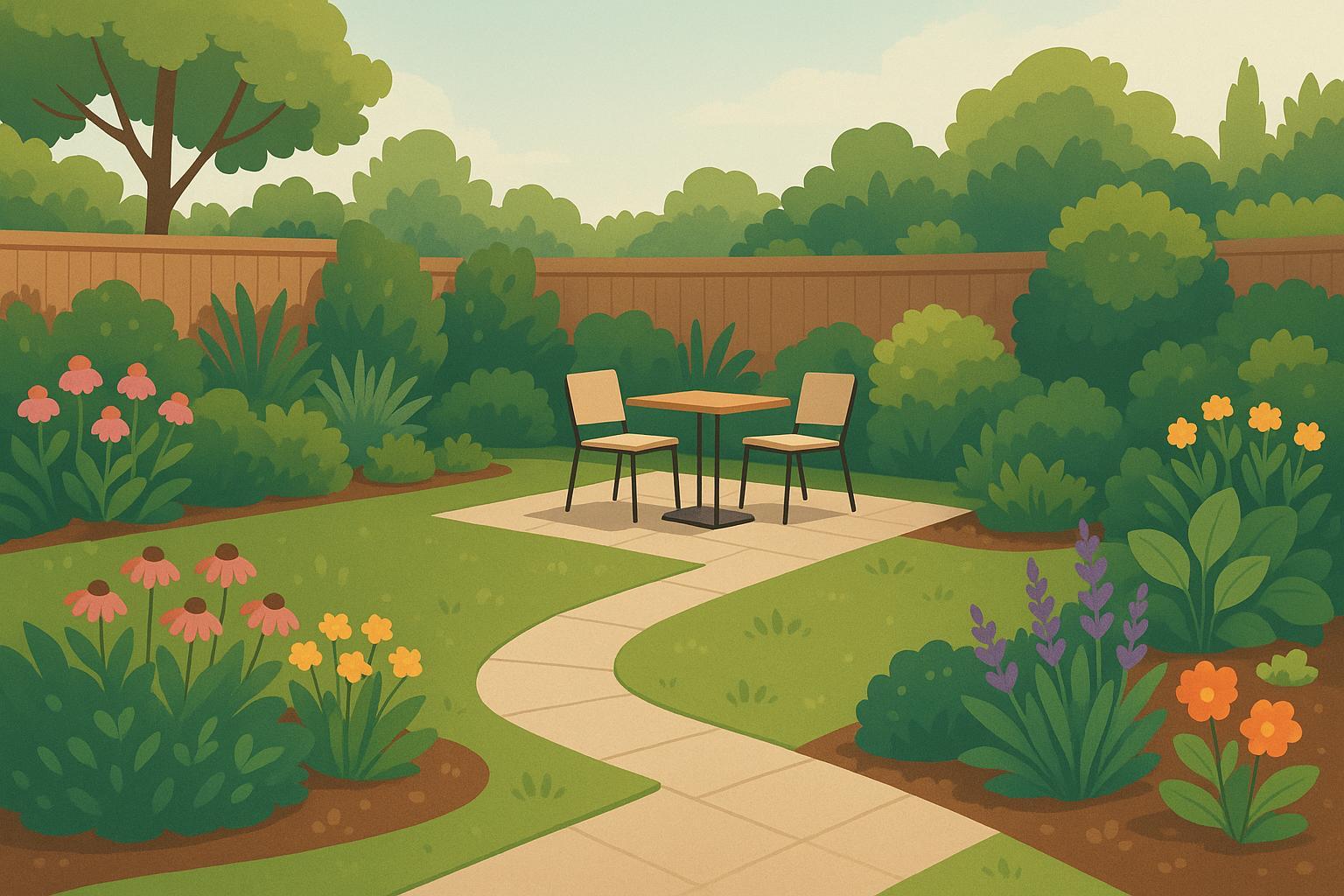
Top 5 AI Garden Design Tools Compared
Explore top AI garden design tools that simplify planning with customized styles, plant recommendations, and budget-friendly pricing.
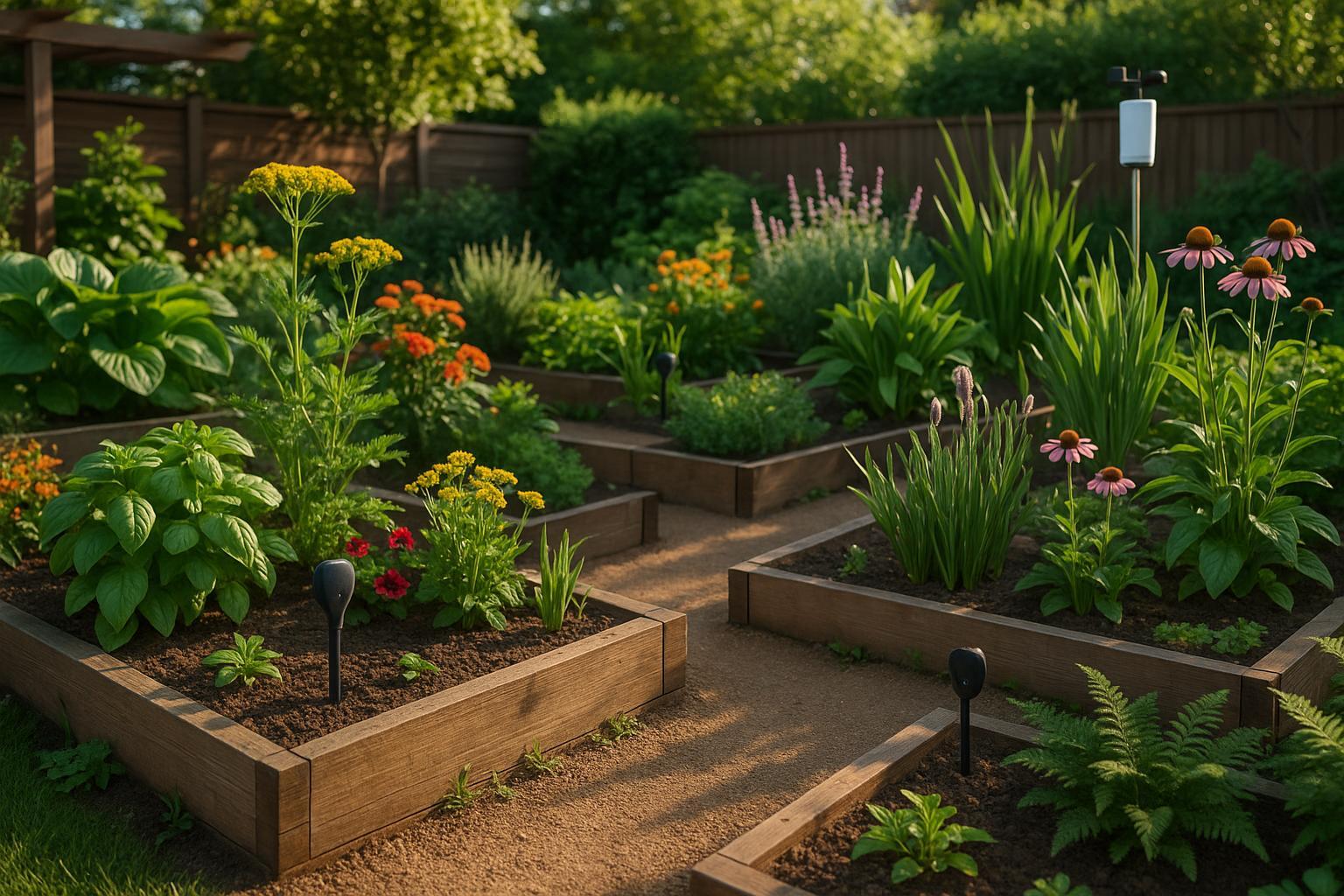
AI Data Analytics for Climate-Resilient Gardens
Explore how AI data analytics can enhance gardening practices, from pest management to resource optimization, for climate-resilient gardens.
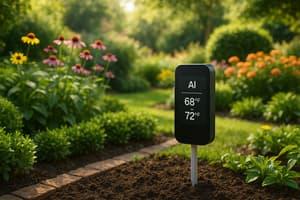
How AI Regulates Garden Temperatures Automatically
AI systems automate garden temperature control, ensuring optimal conditions for plants while conserving energy and resources.
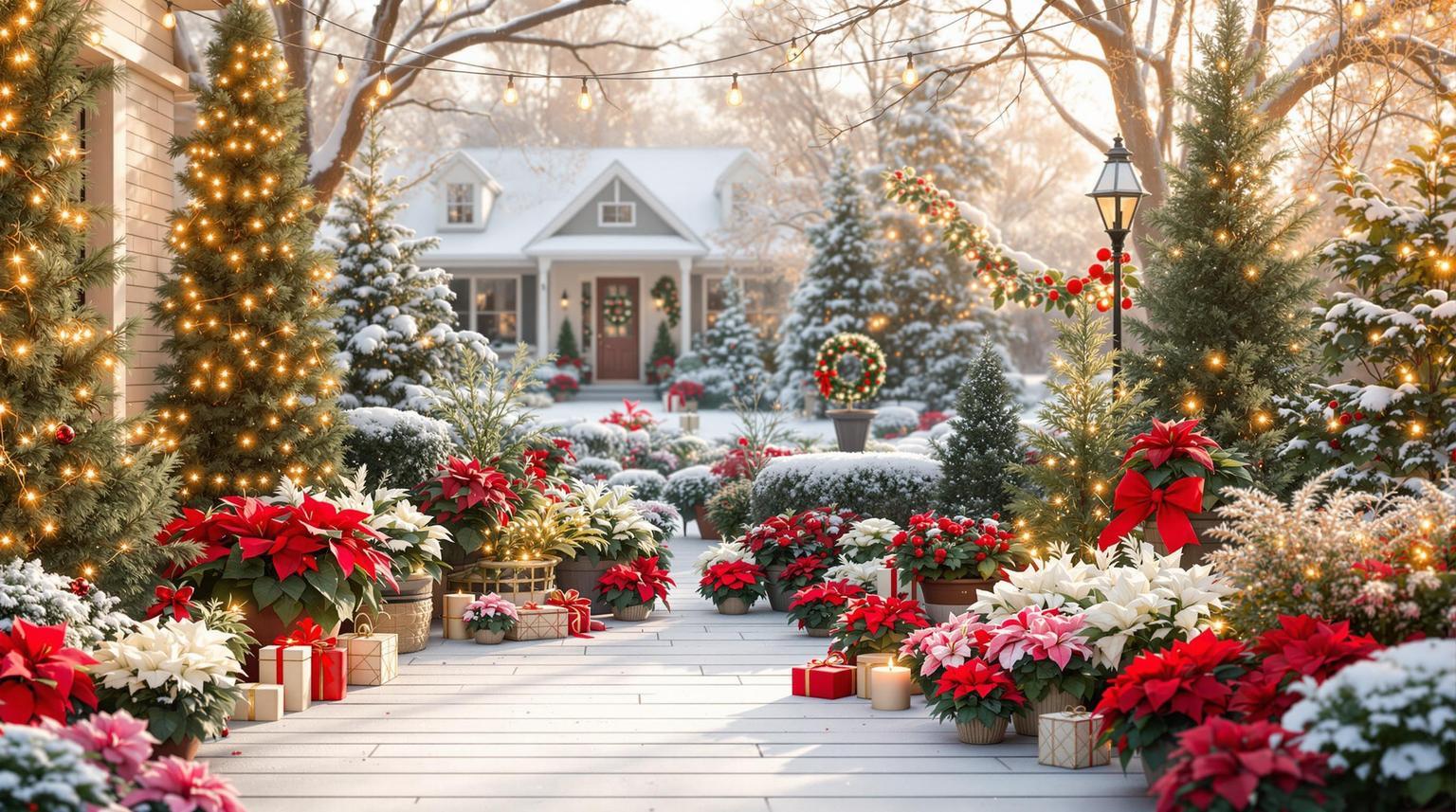
AI Tools for Holiday Garden Planning
Transform your garden into a festive holiday display effortlessly with AI tools that personalize designs and plant recommendations.
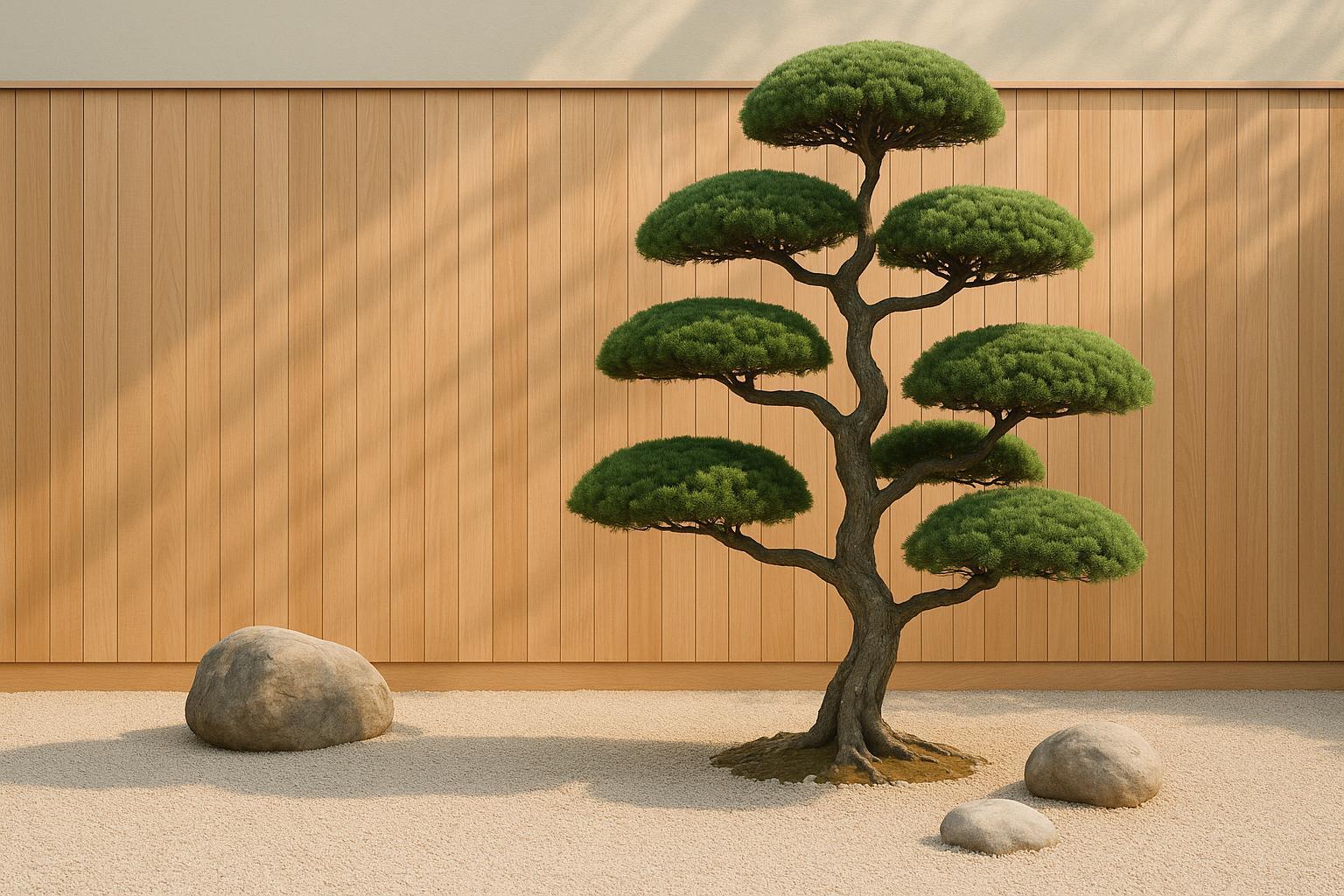
Niwaki Pruning for Minimalist Gardens
Learn the art of niwaki pruning to create stunning minimalist gardens with sculptural trees that enhance tranquility and balance in outdoor spaces.